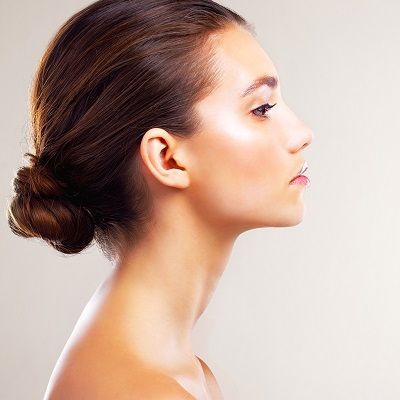Introduction
Rhinoplasty, commonly known as a nose job, has undergone significant transformations over the years. As cosmetic surgery evolves, so too do the trends and techniques associated with rhinoplasty. Today’s nose surgeries are influenced by a combination of aesthetic advancements, technological innovations, and evolving patient preferences. This article explores the current trends in Rhinoplasty Muscat, highlighting the most popular techniques, the impact of celebrity influence, and what patients can expect from modern procedures.
Advances in Rhinoplasty Techniques
1. Minimally Invasive Rhinoplasty
One of the most notable trends in rhinoplasty is the shift towards minimally invasive techniques. Unlike traditional rhinoplasty, which often requires significant incisions, minimally invasive procedures use smaller incisions or none at all. Techniques such as non-surgical rhinoplasty, or the "liquid nose job," involve the use of dermal fillers to alter the shape of the nose without surgery. This approach is favored for its shorter recovery time and reduced risk of complications.
2. Endonasal Rhinoplasty
Endonasal rhinoplasty, also known as closed rhinoplasty, is gaining popularity due to its less invasive nature compared to open rhinoplasty. This technique involves making incisions inside the nostrils, leaving no visible scars. Surgeons have improved their skills and tools, making it possible to achieve precise and aesthetically pleasing results without the need for external incisions.
3. Structural Rhinoplasty
Structural rhinoplasty focuses on the functional aspects of the nose, such as improving breathing. This approach is particularly popular among patients who seek to address both cosmetic and functional concerns. Surgeons use grafts and specialized techniques to strengthen the nasal framework, ensuring that the results are both visually appealing and functionally effective.
Celebrity Influence on Rhinoplasty Trends
1. The Impact of Celebrity Endorsements
Celebrity influence plays a significant role in shaping beauty trends, including rhinoplasty. High-profile figures who openly discuss their cosmetic procedures often set trends and shape public perception. For instance, celebrities known for their subtle and natural-looking nose enhancements often inspire patients to seek similar results, favoring techniques that emphasize natural beauty.
2. The Rise of the "Refined" Nose
In recent years, the trend towards a "refined" nose has become prominent. This involves subtle adjustments to the nose’s shape to enhance overall facial harmony rather than dramatic changes. Celebrities with refined noses, which appear both natural and aesthetically pleasing, have popularized this trend, influencing many patients to request similar modifications.
Technological Innovations in Rhinoplasty
1. 3D Imaging and Virtual Planning
Technological advancements have revolutionized the planning and execution of rhinoplasty. Surgeons now use 3D imaging and virtual planning tools to create detailed models of the patient’s nose. This allows for precise preoperative planning and better visualization of the expected outcomes. Patients can view and approve their anticipated results before undergoing surgery, reducing uncertainty and enhancing satisfaction.
2. Enhanced Surgical Tools
The development of advanced surgical tools has improved the precision and safety of rhinoplasty. Innovations such as high-definition endoscopes and computerized surgical systems enable surgeons to perform complex procedures with greater accuracy. These tools contribute to better results and shorter recovery times.
Patient-Centered Trends in Rhinoplasty
1. Customizable Approaches
Today’s rhinoplasty procedures are increasingly customized to meet individual patient needs. Surgeons tailor their techniques to address each patient’s unique facial anatomy and aesthetic goals. This personalized approach ensures that the results are harmonious with the patient’s overall appearance and preferences.
2. Emphasis on Functionality
Patients are becoming more informed about the functional benefits of rhinoplasty. There is a growing trend towards addressing both aesthetic and functional concerns, such as breathing difficulties. Surgeons are now more focused on ensuring that patients achieve both cosmetic enhancement and improved nasal function.
Conclusion
Rhinoplasty trends continue to evolve as advancements in technology, surgical techniques, and patient preferences shape the field. The shift towards minimally invasive procedures, the influence of celebrity trends, and the incorporation of cutting-edge technology are defining the current landscape of nose surgery. As patients increasingly seek both aesthetic and functional improvements, modern rhinoplasty offers a range of options to meet diverse needs. Staying informed about these trends can help patients make educated decisions and achieve satisfying outcomes in their rhinoplasty journey.
